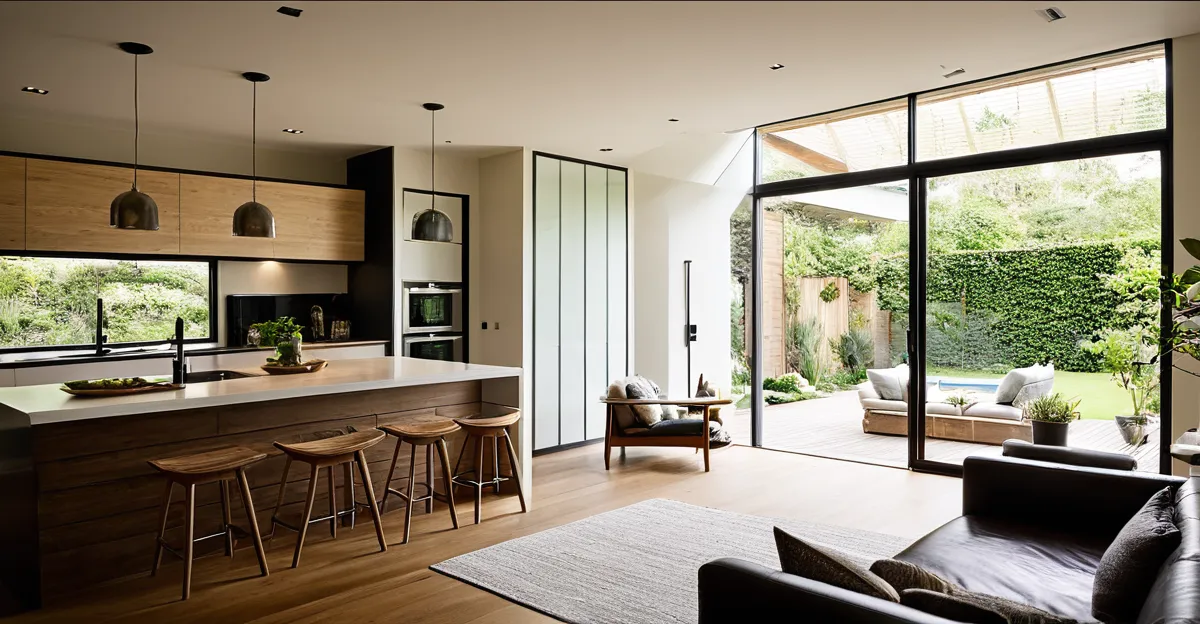Psychological Impact of Home Decor
The relationship between home decor and emotional well-being has been a subject of interest among psychologists. Numerous studies indicate that the design and setup of our living spaces can significantly influence our emotional states. Color, specifically, plays a pivotal role in affecting mood and feelings. For instance, shades of blue and green are often associated with calmness and tranquility, while vibrant colors like red can stimulate energy and passion.
Choosing between personal and generic decor also impacts happiness. Personalized decor, which reflects individual tastes and memories, tends to foster a greater sense of joy and contentment. In contrast, generic decor may lack emotional resonance, which can result in a less fulfilling environment. Therefore, understanding the psychological effects of decor can help individuals create spaces that enhance their emotional well-being, tailoring their environments to nurture positive moods and feelings.
In parallel : How Can You Transform Your UK Living Space for the Winter Months?
Practical Tips for Creating a Happy Living Space
Designing a home for happiness involves more than just aesthetic value; it’s about creating a positive environment that supports emotional well-being. Here are some practical tips to enhance your living space:
Selecting Colors for Positivity: Colors can drastically influence mood. Opt for shades that promote calmness and positivity like blues and greens to create a tranquil ambiance. Moreover, incorporating warmer tones like yellows can inspire warmth and optimism.
Also read : What are the top UK interior design styles to watch this year?
Maximize Natural Light: Natural light is essential for uplifting spirits and enhancing mood. Utilize sheer curtains or open blinds to let sunlight pour in, keeping spaces bright and inviting. Natural light not only boosts mood but also encourages productivity.
Comfortable and Functional Furnishings: When choosing furnishings, consider both comfort and functionality. Ergonomic furniture supports good posture and reduces physical strain, while multifunctional pieces can adapt to various needs and activities, thus creating a balanced and harmonious space. Investing in quality materials can also enhance comfort and contribute to a long-lasting positive environment.
Visual Inspiration and Case Studies
Home decor is not just about aesthetics; it’s a powerful tool for enhancing emotional well-being. Let’s explore some real-life examples of decor transformations that positively influenced mood and happiness.
Transformative Decor Projects
In certain decor inspiration projects, subtle changes have made a remarkable difference. One such project involved altering the color palette of a small living room. By shifting from dark to light hues, the space appeared more spacious and inviting, which residents reported dramatically uplifted their spirits.
Case Study: Color Schemes and Mood
A compelling case study highlights the impact of color on mood enhancement. A home office transitioned from stark white walls to soothing shades of blue, leading to increased productivity and a calm atmosphere. The presence of blue, a color known for its calming properties, provided mental clarity and reduced anxiety levels.
Before and After: Home Redecorating Stories
Testimonials from homeowners who embraced decor inspiration emphasize the transformative power of personalized spaces. One family replaced generic decor with personal artifacts and photos, which elevated their home’s ambiance and increased their happiness. Such changes show how tailored environments can foster a sense of identity and belonging, crucial for long-term emotional satisfaction.
These examples underscore the importance of thoughtful design choices. Through understanding the psychological effects of decor, it’s evident that even small changes can lead to significant mood enhancements and a more positive living environment.
Expert Opinions on Decor and Well-Being
Experts agree that decor choices play a significant role in shaping emotional well-being. In interviews with psychologists, there is a consensus that our surroundings profoundly affect our mood and happiness. Psychologists highlight that thoughtful design that considers a person’s tastes and cultural background fosters a sense of belonging, crucial for long-term satisfaction.
Interior designers also emphasize that embracing trends in home design which focus on emotional well-being is essential. These trends often incorporate natural materials and spaces that encourage social interaction, reinforcing positive emotional states. Interestingly, experts point out that decor influences are not one-size-fits-all. Instead, they can differ across cultural backgrounds, affecting how individuals relate to their environments and experience happiness.
In practice, consulting with psychologists and designers when choosing decor can significantly aid in aligning one’s living space with personal emotional needs, ultimately enriching both happiness and well-being.





